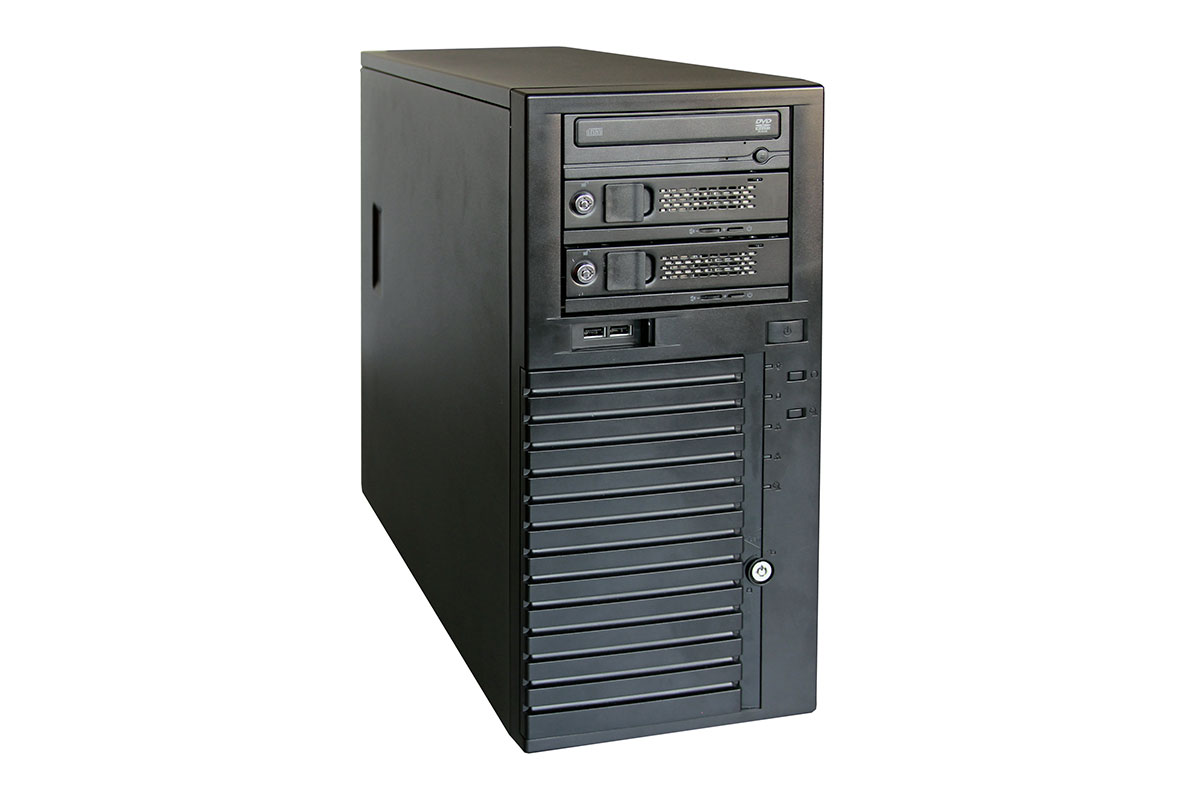General technical features
Casing size:
Tower PCs are generally larger than mini-towers and desktop PCs, although dimensions can varies depending on the model. A common measurement for a standard tower PC is approximately 17 to 21 inches (height) x 7 to 8 inches (width) x 16 to 22 inches (depth).
Form factor:
Most tower PCs follow the ATX (Advanced Technology Extended) form factor, which sets a standard for the arrangement of components in the chassis. However, there are also other form factors such as Micro-ATX and Mini-ITX, which are housed in smaller cases.Motherboard:
Tower PCs are usually designed to accommodate standard ATX motherboards or comparable formats. The motherboard often determines the connections, expansion options and compatibility with other components.
Processor:
Tower PCs can accommodate a wide range of processors, from inexpensive dual-core CPUs to powerful multi-core processors, depending on the user's needs and intended use.
Memory:
They usually offer multiple memory slots for RAM (Random Access Memory) and support DDR4 or DDR5 memory technology.Graphics card:
Tower PCs have enough space for graphics cards of different sizes and performance levels. This is particularly important for gaming PCs and workstations.Drives:
They can accommodate multiple 3.5-inch or 2.5-inch hard disks and SSDs. Some models also offer external 5.25-inch drive bays for optical drives.Power supply unit:
Tower PCs usually have an internal power supply unit that provides sufficient power for all installed components.Expansion slots:
Tower PCs usually offer several expansion bays to accommodate additional components such as graphics cards, sound cards, WLAN adapters and more.Cooling:
They have cooling solutions to ensure that components are kept at appropriate temperatures. This can include fans, heat sinks and thermal paste.Connectivity:
Tower PCs have a variety of ports, including USB ports, audio ports, Ethernet ports and video outputs to connect peripherals.Application areas:
Desktop computers:
Tower PCs are often used for desktop computers, both in home offices and in companies. They offer sufficient space for standard components such as motherboard, processor, memory, graphics card, hard disks and power supply unit.



